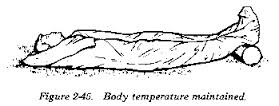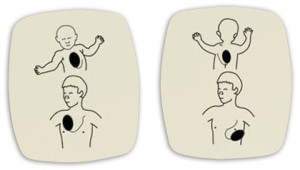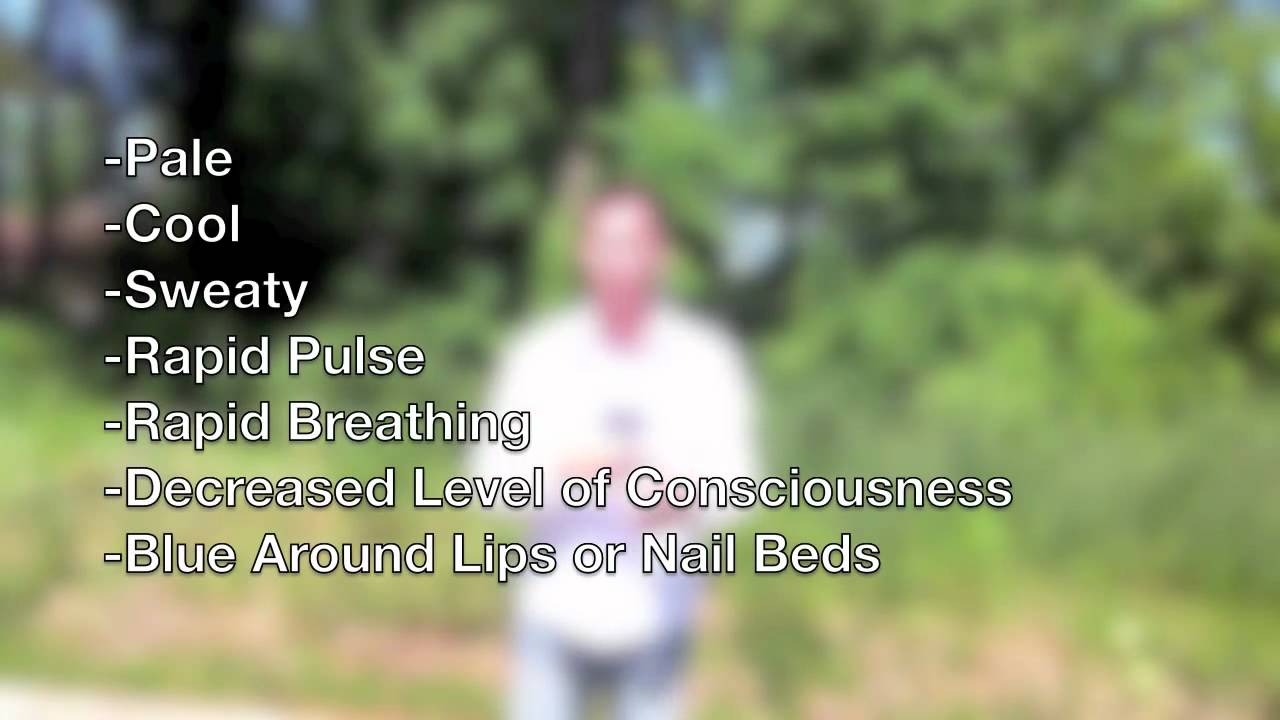Hello Rescue Fans!
In this unedited video, I talk about and explain why we cover a patient who may be showing signs of shock after this question came in by ema il. Remember, it’s important to help the patient feel comfortable, cared for, and safe as best as possible. But physiologically speaking…keeping the patient warm helps prevent hypothermia “which shifts the oxyhemoglobin dissociation curve to the left, impairs oxygen delivery, and exacerbates the shock state.”(http://www.ebmedicine.net/topics.php?paction=showTopicSeg&topic_id=110&seg_id=2113) And in the end, the fact that the person feels well cared for can help them become less anxious and do better through the traumatic event. Hope this helps.
il. Remember, it’s important to help the patient feel comfortable, cared for, and safe as best as possible. But physiologically speaking…keeping the patient warm helps prevent hypothermia “which shifts the oxyhemoglobin dissociation curve to the left, impairs oxygen delivery, and exacerbates the shock state.”(http://www.ebmedicine.net/topics.php?paction=showTopicSeg&topic_id=110&seg_id=2113) And in the end, the fact that the person feels well cared for can help them become less anxious and do better through the traumatic event. Hope this helps.




